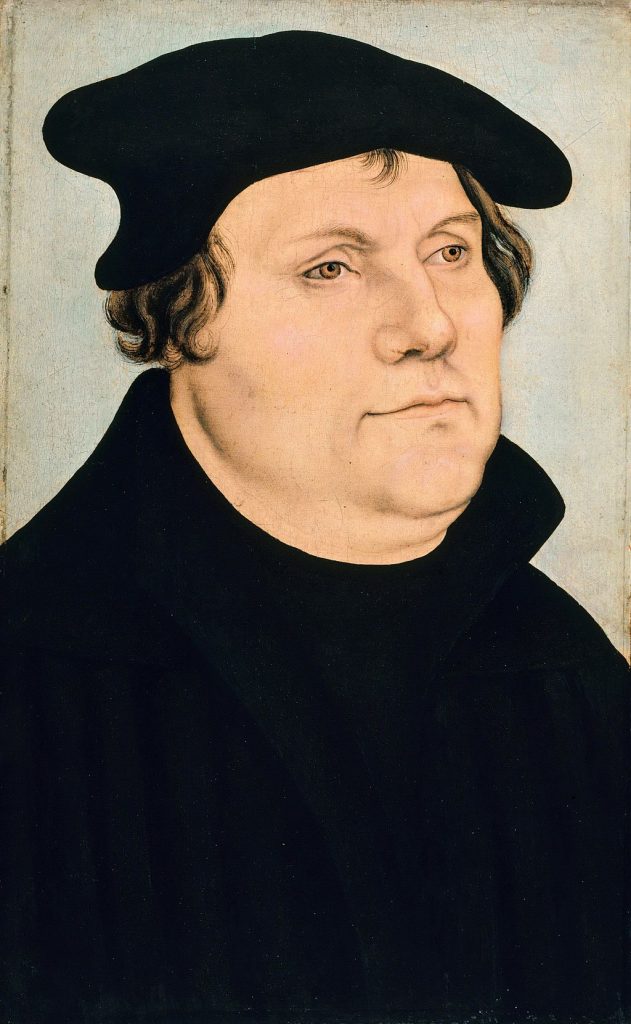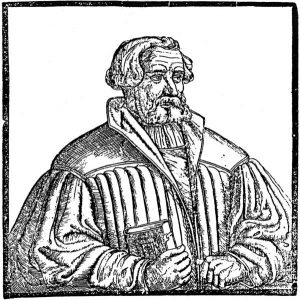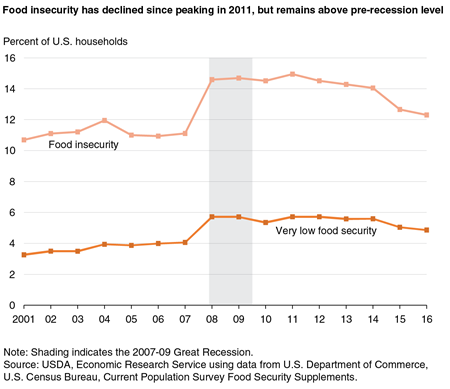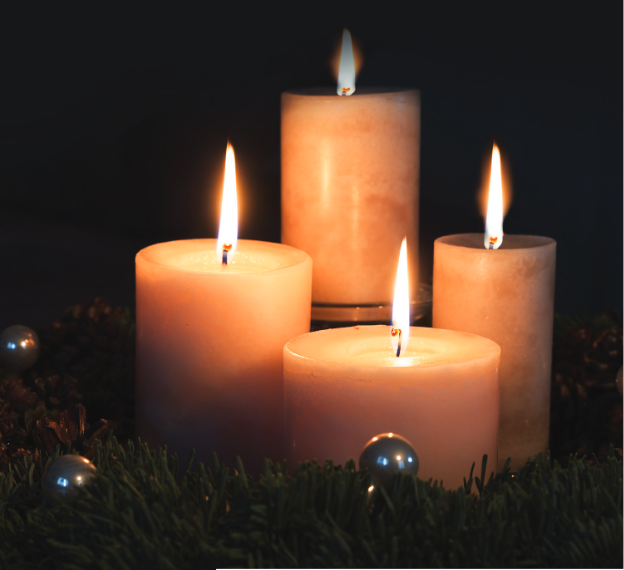 Nearly 500 years ago, the young monk Martin Luther nailed his 95 Theses to a church door in Wittenberg, Germany, and kicked off the movement that would become the Protestant Reformation. The theological disputes that followed have been well-documented over the centuries, but what the Reformation meant for the church’s witness in the midst of hunger and poverty is often forgotten. In this series leading up to October 31, 2017, we will take a deeper look at the Reformation’s importance for the church’s social ministry – and the important work to which people of faith are called by the gospel.
Nearly 500 years ago, the young monk Martin Luther nailed his 95 Theses to a church door in Wittenberg, Germany, and kicked off the movement that would become the Protestant Reformation. The theological disputes that followed have been well-documented over the centuries, but what the Reformation meant for the church’s witness in the midst of hunger and poverty is often forgotten. In this series leading up to October 31, 2017, we will take a deeper look at the Reformation’s importance for the church’s social ministry – and the important work to which people of faith are called by the gospel.
Today, our two quotes highlight Luther’s understanding of Jesus Christ. At first glance, they might seem contrary to each other. But as we’ll see below, they reveal Luther’s complex understanding. If you are interested in learning more about Luther’s teachings below, keep an eye out for ELCA World Hunger’s 2018 Lenten study, “Faces of Christ,” coming soon!
Fun fact: The name “Lutheran” was first used in a derogatory way by Johann Eck in 1519 to describe the “heresy” of Luther’s teachings.
#5 – “We were in need before God and lacked God’s mercy. Hence, as our heavenly Father has in Christ freely come to our aid, we also ought to help our neighbor through our body and its works, and each one should become as it were a Christ to the other…”
#4 – “God says, ‘I do not choose to come to you in my majesty and in the company of angels but in the guise of a poor beggar asking for bread…I want you to know that I am the one who is suffering hunger and thirst.”
Quote #5 comes from Luther’s famous treatise, “The Freedom of a Christian” (also sometimes called “On Christian Liberty.”) The second comes from his commentary on the Gospel of John. Together, they present two different ways of understanding Jesus and our relationship to him. In the first, the Christian is meant to represent or reveal Christ to the neighbor. In the second, the neighbor in need – the one facing hunger or poverty – represents or reveals Christ to the Christian. Luther didn’t see a contradiction here, even though there seems to be a subtle, yet important, difference. Luther saw these representations as related.
What Does This Mean?
The two quotes reveal different sides of the relationship between Christ, the Christian, and the neighbor. Luther believed that Christians should imitate Jesus in service to their neighbors. In fact, he compared true Christians to “little Christs,” acting out of love in service to their neighbors. Second, Luther believed that Christ was revealed in the neighbor, especially the most vulnerable neighbors – those facing poverty, disease, or hunger. Christians are called to both “be” like Christ and to look for Christ in others.
The first aspect reaches back to a previous blog in this series, where we saw that authentic Christian freedom is freedom for service of the neighbor. There is a reciprocity expected of people saved by grace: as we have been saved by God’s grace, so, too, are we to act with mercy, love, and justice toward our neighbors, without thought to their merit. In this way, Luther believed, Christians are called to use Christ as the model in their relationships with neighbors. What is Christ like? Merciful, gracious, bold in service, selfless, and so on. The qualities Christ embodied in his action on behalf of humanity are the qualities Christians are to embody in their service of one another.
Of course, there is no sense in Luther that this is going to be a perfect representation. It’s not meant to be. Grace saves us, but it doesn’t make us perfect. But the hope is that by using our freedom in this way, we can reflect God working in and through us. This isn’t a saving act, and we have to keep that in mind. It isn’t about saving our neighbors. Christians aren’t “heroines.” But we are meant to be mirrors, reflecting the grace that animates our world and works good through us. By imitating Christ, we participate in the revelation of grace in our world.
On the other hand, Christians are called not just to reflect God’s grace but also to be on the look out for it. Luther had an honest view of the world. Certainly, there is sin and evil to confront and dismantle when possible. But the world was also filled with grace and marked by the work of God. Anticipating more modern perspectives on Christian service, Luther saw the neighbor not merely as the object of a Christian’s good works but also as a revelation of Christ in the world. As much as Christians are called to “love and serve” the neighbor, so too, are they called to see the face of Christ within the neighbor.
This was particularly true of the neighbor in need. As his commentary on John suggests, Luther believed that, since God chose to come “in the guise of a poor beggar” in the incarnation, God continues to be revealed wherever people are in need.
In one of his lesser-known Christmas sermons, Luther captures this in an allegory of Jesus in the manger:
But what it is to find Christ in such poverty, and what his swaddling clothes and manger signify, are explained in the previous Gospel; that his poverty teaches how we should find him in our neighbors, the lowliest and the most needy; [and] that in actual life we should incline to the needy…
This is a striking step away from earlier interpretations in Christianity, which portrayed people in need merely as objects of Christian charity. (I’m thinking of you, Shepherd of Hermas.) Instead, what we find in Luther’s writings is the belief that Christians seek Christ among their neighbors, especially in their moments of need.
So, what?
Luther’s twinned understanding of Christ offers some insights to us today. Clearly, there is a distinct call to imitate Christ in service to the neighbor. Following Christ means more than imitating him in private devotion to God; it means taking Christ as the model for our relationships with our neighbors.
More than this, though, as Christians pursue service and love of neighbor, we are likewise called to see our neighbors as participants in the revelation of God. This is very different from approaching service as if the ones doing the service are the ones “bringing God” to people in need. Rather, for Luther, it is the neighbor in need who can reveal Christ to the one doing the service.
This speaks to the model of accompaniment that shapes the ministries of ELCA World Hunger. In accompanying our neighbors, we remain open to the presence of God in and among those whom we encounter. This fosters mutuality and openness to one another, forming service as a relationship with rather than a doing for. It dismantles models of ministry rooted in one-sided help and reshapes ministry as building the mutual relationships through which both giver and receiver participate in the revelation of God to each other and to the world.





